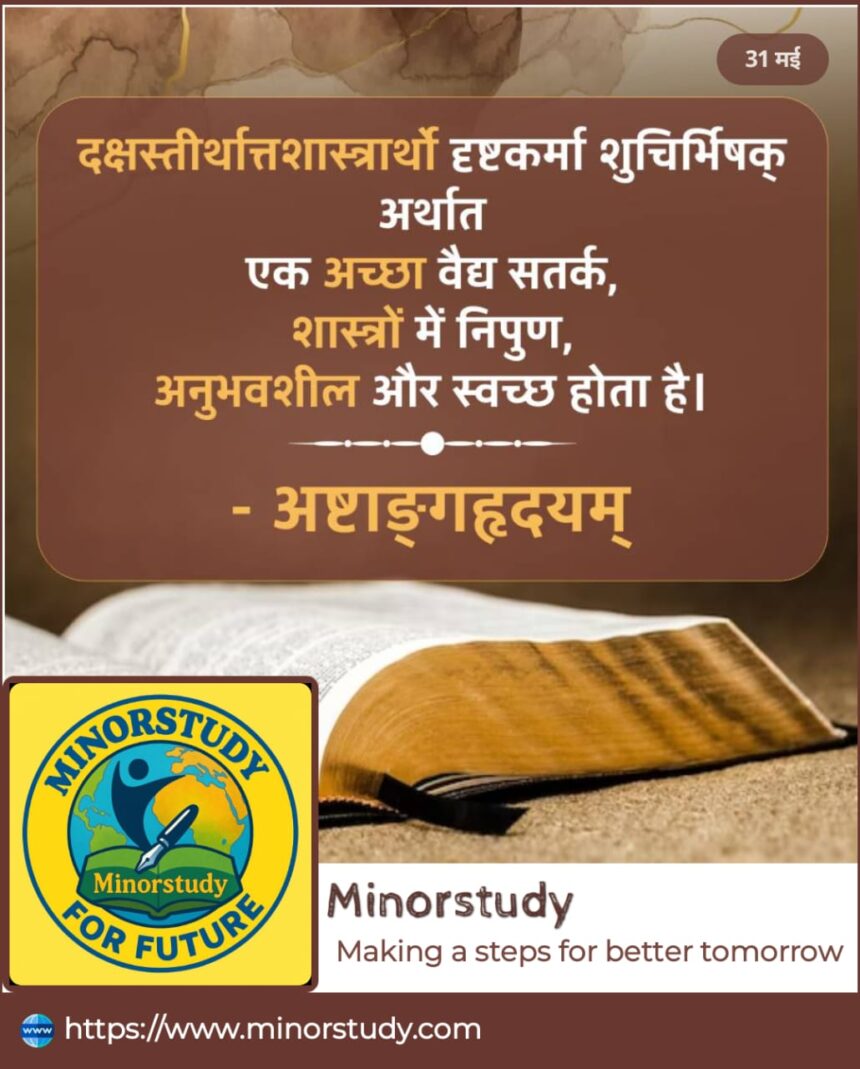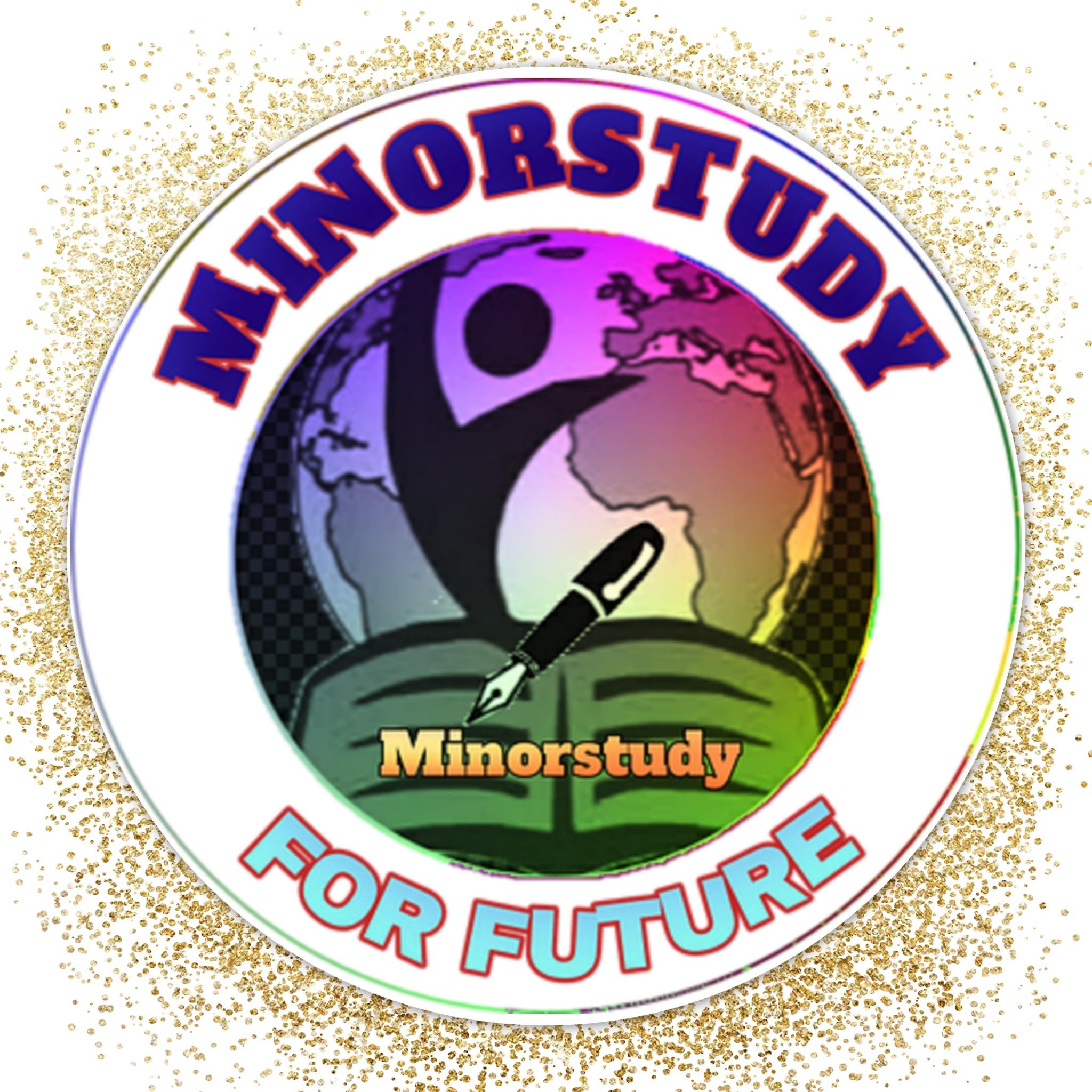Introduction: What Is Ashtānga Hridayam?
Ashtānga Hridayam is one of the most ancient and revered texts in Ayurveda — the traditional system of Indian medicine. Written by the sage Vagbhata around the 7th century CE, this comprehensive treatise is a cornerstone for understanding holistic health and wellness in India and beyond. The title means “The Heart of Eightfold Medicine,” emphasizing its detailed approach covering eight branches of Ayurveda.
Ashtānga Hridayam remains vital today, teaching us not only about medicine but about balance, prevention, and living harmoniously with nature and the body.
🕰️ Timeline and Historical Background
| Period | Key Events and Facts |
|---|---|
| Pre-500 BCE | Ayurveda’s roots traced back to ancient Vedic texts like Charaka Samhita. |
| 7th Century CE | Vagbhata composes Ashtānga Hridayam, synthesizing previous Ayurvedic knowledge. |
| Medieval Period | Ashtānga Hridayam becomes widely studied and referenced in Ayurvedic education. |
| Modern Era | The text is still a fundamental resource in Ayurveda studies worldwide. |
📜 History of Ashtānga Hridayam
The author, Vagbhata, was a legendary physician and scholar who systematized Ayurveda knowledge into a clear, poetic format. Ashtānga Hridayam combines the best of two earlier Ayurvedic texts: Charaka Samhita (focus on internal medicine) and Sushruta Samhita (focus on surgery).
This text is divided into three main parts—Sutrasthana (principles), Nidanasthana (diagnosis), and Chikitsasthana (treatment)—providing a full guide for diagnosing and curing diseases, maintaining health, and promoting longevity.
🔍 Fascinating Facts About Ashtānga Hridayam
The name “Ashtānga Hridayam” literally means the “Heart of Eightfold Ayurveda,” referring to its coverage of eight vital branches of medicine.
It is written in Sanskrit verses (slokas), making it easier to memorize and transmit orally.
Vagbhata’s work is a synthesis and simplification of Ayurveda, making it more accessible than earlier texts.
The text emphasizes prevention and holistic wellness, not just curing illness.
It introduces the idea of balancing the three doshas—Vata, Pitta, and Kapha—for health.
Ashtānga Hridayam has influenced not only Ayurveda but also yoga, spirituality, and lifestyle practices.
The text discusses diet, lifestyle, herbal medicines, surgeries, and rejuvenation therapies.
It contains guidelines for the ideal physician’s conduct, including ethics and compassion.
The treatise stresses the mind-body connection and the importance of mental health.
🙋 Frequently Asked Questions (FAQs)
Q1. Who wrote Ashtānga Hridayam and when?
It was composed by sage Vagbhata around the 7th century CE.
Q2. What are the eight branches (ashtangas) covered in Ashtānga Hridayam?
They include internal medicine, surgery, ENT diseases, pediatrics, toxicology, rejuvenation, psychiatry, and aphrodisiac therapies.
Q3. Is Ashtānga Hridayam still relevant today?
Absolutely! It forms a core part of Ayurvedic education and holistic health practices worldwide.
Q4. How does it differ from other Ayurvedic texts?
It is more concise and integrates the best practices from earlier works into an easier-to-understand format.
Q5. Can it help with modern lifestyle diseases?
Yes, its focus on balance, diet, and lifestyle is highly applicable to many contemporary health challenges.
🎯 Significance of Ashtānga Hridayam
Foundation of Ayurveda: It is one of the three classical Ayurvedic texts that define the system.
Holistic health guide: Combines physical, mental, and spiritual wellness.
Preventive focus: Stresses the importance of diet, lifestyle, and daily routines to maintain health.
Medical ethics: Highlights the physician’s role with compassion and duty.
Cultural heritage: A vital part of India’s spiritual and scientific legacy.
Global influence: Inspires integrative medicine and wellness worldwide.
🎉 Observance & Wishing
Ashtānga Hridayam is honored by Ayurvedic practitioners and students. Special seminars, study sessions, and wellness retreats often focus on this text.
Wishing example:
“May the wisdom of Ashtānga Hridayam guide your path to balanced health and vibrant life.”
💡 Important Points & Human Behavior Reflections
The text reflects a deep understanding of human nature, emphasizing harmony between body, mind, and environment.
It teaches us that health is not just absence of disease, but complete physical, mental, and spiritual well-being.
Encourages discipline, self-care, and mindful living, which modern psychology supports as essential for well-being.
Promotes compassion and ethics in medicine, reminding us how crucial empathy is in healing.
Offers a blueprint for sustainable living, resonating with today’s ecological awareness.
🧭 Importance in Daily Life and Society
Daily routines (Dinacharya) from Ashtānga Hridayam help improve digestion, immunity, and mental clarity.
Dietary advice supports healthy eating habits to prevent diseases.
Emphasizes mental health and stress management through lifestyle adjustments and herbal remedies.
Inspires a holistic approach to health care, combining ancient wisdom with modern practices.
Strengthens the role of natural healing and herbal medicine in today’s healthcare.
Enhances public awareness about preventive health, reducing burden on modern medical systems.
❤️ Positive and Negative Reflections on Ashtānga Hridayam
Positive:
Offers timeless wisdom for holistic health and wellness.
Supports natural, non-invasive healing methods.
Encourages mindfulness and balanced living.
Respected for its scientific approach combined with spirituality.
Negative:
Some concepts can be difficult to apply without deep study or expert guidance.
Modern clinical validation of certain treatments is still evolving.
May be misunderstood if taken purely as traditional dogma without integration into modern science.
🌍 Conclusion: The Transformative Power of Ashtānga Hridayam for Modern Wellness
Ashtānga Hridayam remains a powerful guide for anyone seeking holistic health. Its deep insights into the body, mind, and spirit offer valuable lessons for modern-day life, emphasizing balance, prevention, and ethical healing.
In a world where health challenges are increasing, embracing the wisdom of Ashtānga Hridayam can lead to a more harmonious, healthy, and fulfilling life. Whether you are a healthcare professional, a wellness enthusiast, or someone curious about natural medicine, this ancient text holds keys to transforming your understanding of health.









